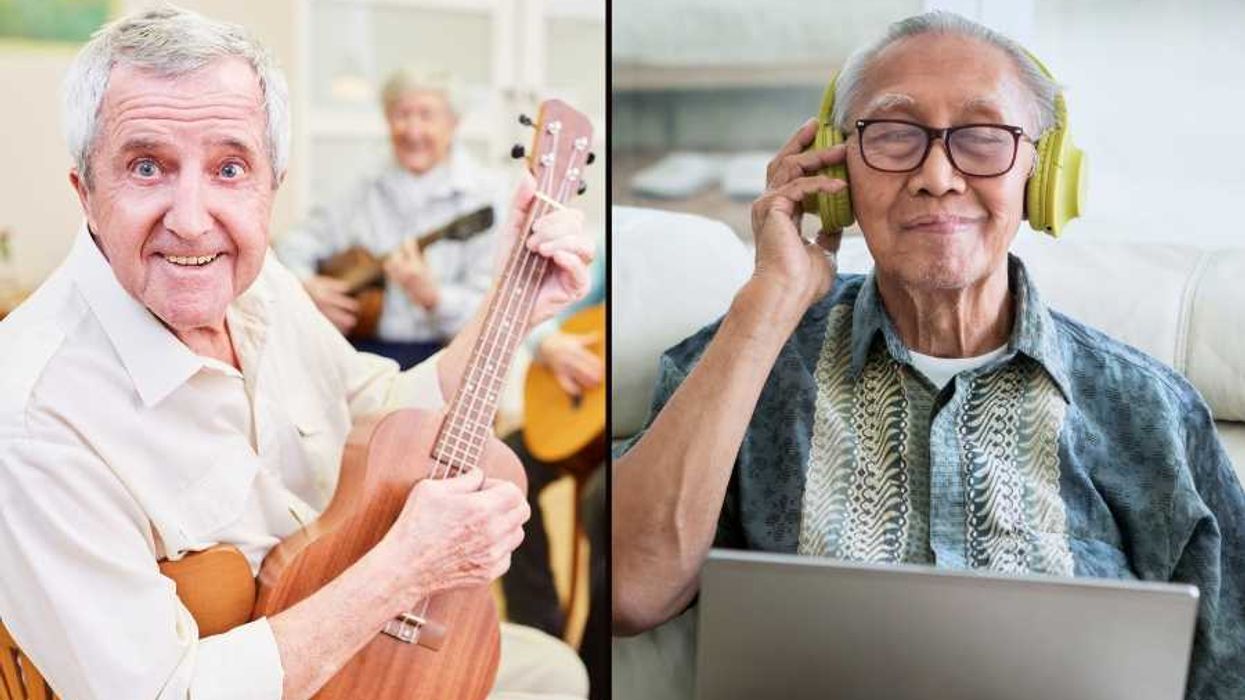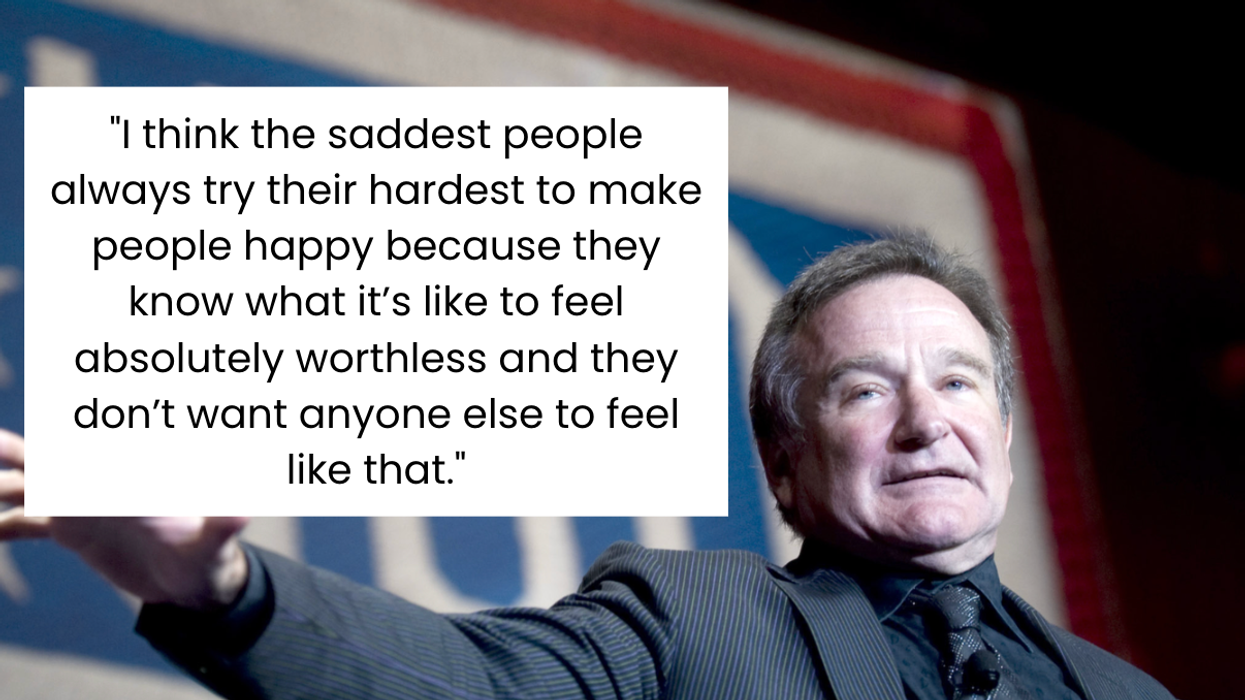In 2016, the homicide rate in Los Angeles rose for the third year in a row. Between gang-related shootings and a growing homeless population, robberies went up 13% and homicides increased by 5% from 2015 to 2016.
And yet, the streets of Los Angeles are actually safer than they were 10 years ago. In 1996, there were 46% more robberies than in 2016. It’s not just Los Angeles that has seen a decline in crime — in some cities, the change has been more prominent, and the decline has held steady. National violence dropped between the 1990s and the 2010s, which is widely known as the Great American Crime Decline.
The Great American Crime Decline began in 1993. Between 1993 and 2000, murder and robbery rates dropped over 40% in the United States. Homicides and violent crimes continued to drop after 2000, albeit less significantly, but there was a big decrease again in 2009.
This crime decline might actually be thanks to nonprofits working to reduce violence and build strong communities. It’s often hard to measure the success of community outreach programs. You can see the tangible value of a one-on-one big brother/big sister-type program. But what about social programs that give funding to underserved neighborhoods or nonprofits trying to bring hope to neighborhoods where shootings are the norm?
On-the-ground nonprofits trying to affect change in neighborhoods facing daily violence have few ways of tracking their progress. However, a report published in the American Sociological Review shows that community-oriented nonprofits are having a lot more success than we thought. Every 10 additional community nonprofits in a city with 100,000 residents led to a 12% reduction in the homicide rate, a 10% reduction in violent crime rate, and a 7% reduction in property crime.
In other words, fighting violence within urban communities by promoting a “level of social cohesion” in the area and encouraging communities to “solve common problems and realize shared objectives” has really paid off. Not only is it still paying off, but community nonprofits seriously contributed to the crime decline we’ve seen in the last 25 years. Consider this as yet another great reason to keep supporting your favorite local causes.
















 Ladder leads out of darkness.Photo credit
Ladder leads out of darkness.Photo credit  Woman's reflection in shadow.Photo credit
Woman's reflection in shadow.Photo credit  Young woman frazzled.Photo credit
Young woman frazzled.Photo credit 





 Robin Williams performs for military men and women as part of a United Service Organization (USO) show on board Camp Phoenix in December 2007
Robin Williams performs for military men and women as part of a United Service Organization (USO) show on board Camp Phoenix in December 2007 Gif of Robin Williams via
Gif of Robin Williams via
Will your current friends still be with you after seven years?
Professor shares how many years a friendship must last before it'll become lifelong
Think of your best friend. How long have you known them? Growing up, children make friends and say they’ll be best friends forever. That’s where “BFF” came from, for crying out loud. But is the concept of the lifelong friend real? If so, how many years of friendship will have to bloom before a friendship goes the distance? Well, a Dutch study may have the answer to that last question.
Sociologist Gerald Mollenhorst and his team in the Netherlands did extensive research on friendships and made some interesting findings in his surveys and studies. Mollenhorst found that over half of your friendships will “shed” within seven years. However, the relationships that go past the seven-year mark tend to last. This led to the prevailing theory that most friendships lasting more than seven years would endure throughout a person’s lifetime.
In Mollenhorst’s findings, lifelong friendships seem to come down to one thing: reciprocal effort. The primary reason so many friendships form and fade within seven-year cycles has much to do with a person’s ages and life stages. A lot of people lose touch with elementary and high school friends because so many leave home to attend college. Work friends change when someone gets promoted or finds a better job in a different state. Some friends get married and have children, reducing one-on-one time together, and thus a friendship fades. It’s easy to lose friends, but naturally harder to keep them when you’re no longer in proximity.
Some people on Reddit even wonder if lifelong friendships are actually real or just a romanticized thought nowadays. However, older commenters showed that lifelong friendship is still possible:
“I met my friend on the first day of kindergarten. Maybe not the very first day, but within the first week. We were texting each other stupid memes just yesterday. This year we’ll both celebrate our 58th birthdays.”
“My oldest friend and I met when she was just 5 and I was 9. Next-door neighbors. We're now both over 60 and still talk weekly and visit at least twice a year.”
“I’m 55. I’ve just spent a weekend with friends I met 24 and 32 years ago respectively. I’m also still in touch with my penpal in the States. I was 15 when we started writing to each other.”
“My friends (3 of them) go back to my college days in my 20’s that I still talk to a minimum of once a week. I'm in my early 60s now.”
“We ebb and flow. Sometimes many years will pass as we go through different things and phases. Nobody gets buttsore if we aren’t in touch all the time. In our 50s we don’t try and argue or be petty like we did before. But I love them. I don’t need a weekly lunch to know that. I could make a call right now if I needed something. Same with them.”
Maintaining a friendship for life is never guaranteed, but there are ways, psychotherapists say, that can make a friendship last. It’s not easy, but for a friendship to last, both participants need to make room for patience and place greater weight on their similarities than on the differences that may develop over time. Along with that, it’s helpful to be tolerant of large distances and gaps of time between visits, too. It’s not easy, and it requires both people involved to be equally invested to keep the friendship alive and from becoming stagnant.
As tough as it sounds, it is still possible. You may be a fortunate person who can name several friends you’ve kept for over seven years or over seventy years. But if you’re not, every new friendship you make has the same chance and potential of being lifelong.